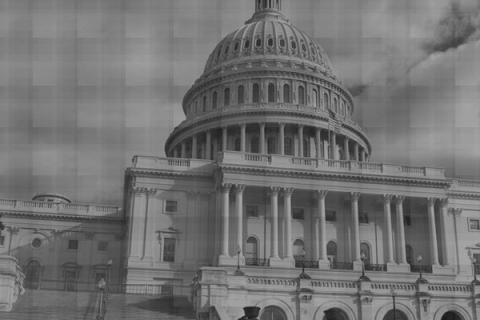Bank of America may have tipped the scales toward a true movement of independence in 21st century America. By announcing that it would charge $5 per month for use of a debit card beginning early next year, the bank has single-handedly dumped a new inflationary burden onto many Americans who shop for items such as groceries and clothing using their debit cards. And the bank is doing so just at the time when Americans can least afford it – with the economy teetering on the edge of yet another recession.
The $5 a month fee for debit cards comes on top of a continuous escalation of charges for use of ATM machines to retrieve cash from bank accounts. The new charge adds yet another layer of cost to the ability to use your own money in a safe and convenient manner. For many families, particularly in low and moderate income neighborhoods, carrying cash into stores is much more risky than shopping with a debit card. Loading an extra $60 a year in fees for use of a debit card seems both cruel and insensitive to our most vulnerable citizens. Meanwhile, B of A and the entire banking industry continue to do quite well, thank you, partially as a result of a bail-out in which we risked hundreds of billions in public funds to ensure that these “too big to fail” entities would endure as the stalwarts of our economic recovery.
It is no coincidence that a tiny Wall Street sit-in is now metastasizing into a national movement against the financial industry, and that we are beginning to see the signs of violent protection of the wealthy infrastructure by pepper-spray wielding cops who have an innate link to the powers that be.
The question for Bank of America’s management is this: do they believe that it is their customers who must make all the sacrifices in these economic times? Do they not see themselves as playing any role whatsoever in America’s economic recovery vs. their own individual corporate success?
This is not the old Bank of America that was the brainchild of Amadeo Giannini, an Italian immigrant who wanted to help his fellow immigrants. He founded the Bank of Italy in San Francisco in 1904 to overcome the prejudice that standard American banks displayed toward immigrants, and went national as B of A in 1929.
Today’s Bank of America contains the old San Francisco-based operation, but its heart and soul is Charlotte-based NCNB (North Carolina National Bank), which has gone through a number of transitions, name changes and growth spurts to become the nation’s largest and most aggressive bank. While the bank has suffered through some weak earnings, those problems have mostly been the result of the purchase of Countrywide Mortgage (a demand placed on B of A by the Federal government under the TARP agreement, but at a cost of only $.10 on the dollar) and its own poor judgments in the mortgage arena. For the most part, the bank is making money hand over fist.
It currently sits on top of the industry in both assets and equity holdings. And while it has had an earnings problem because of the aforementioned mortgage issues, its second quarter profit, excluding real estate issues, was nearly $6 billion (third quarter earnings will be announced October 18).
The reality is, B of A and every other major bank in America could well afford to live without $5, $3, or any other per use charge for its debit cards. But America’s citizens cannot afford to pay those charges. And it is doubtful whether this time around the public is going to stand for the gouging of its recession-ravaged income by these fat cat and TARP-buoyed financial institutions.
It’s high time that a movement of real independence form to oppose the power that has accumulated on Wall Street and in the halls of America’s banking industry, a power that has been largely facilitated by both major parties. Let $5 be the rallying cry for the new revolution.

